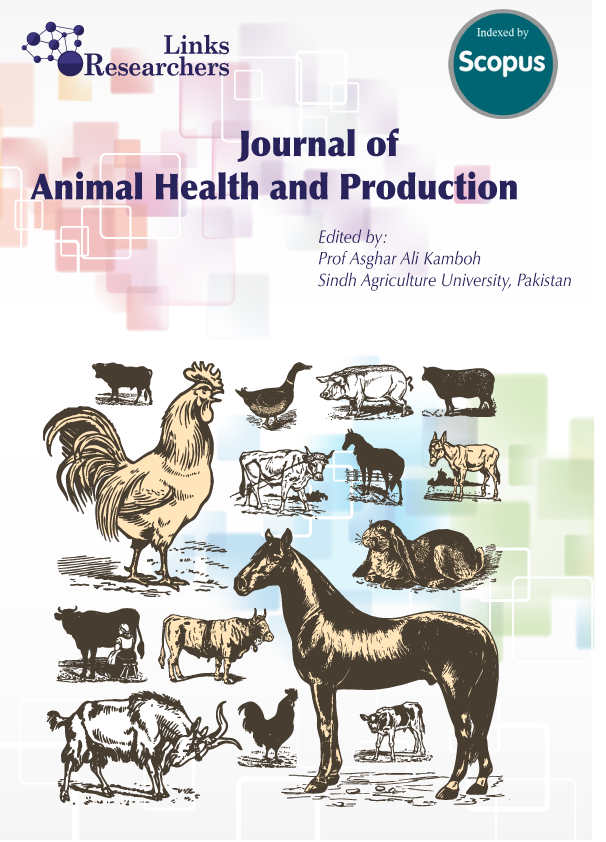Eimeria Oocysts and Passalurus ambiguus Infection of Farmed Rabbits Depending on the Age
Eimeria Oocysts and Passalurus ambiguus Infection of Farmed Rabbits Depending on the Age
Csongor Demeter1, Zoltán Német2, Zsolt Gerencsér1, Róbert Juráskó1, András Mayer1, Boróka Bárdos1*, Anett Demeter-Jeremiás3, Erika Lencsés-Varga4, Zsolt Matics4
ABSTRACT
To share on other social networks, click on any share button. What are these?






